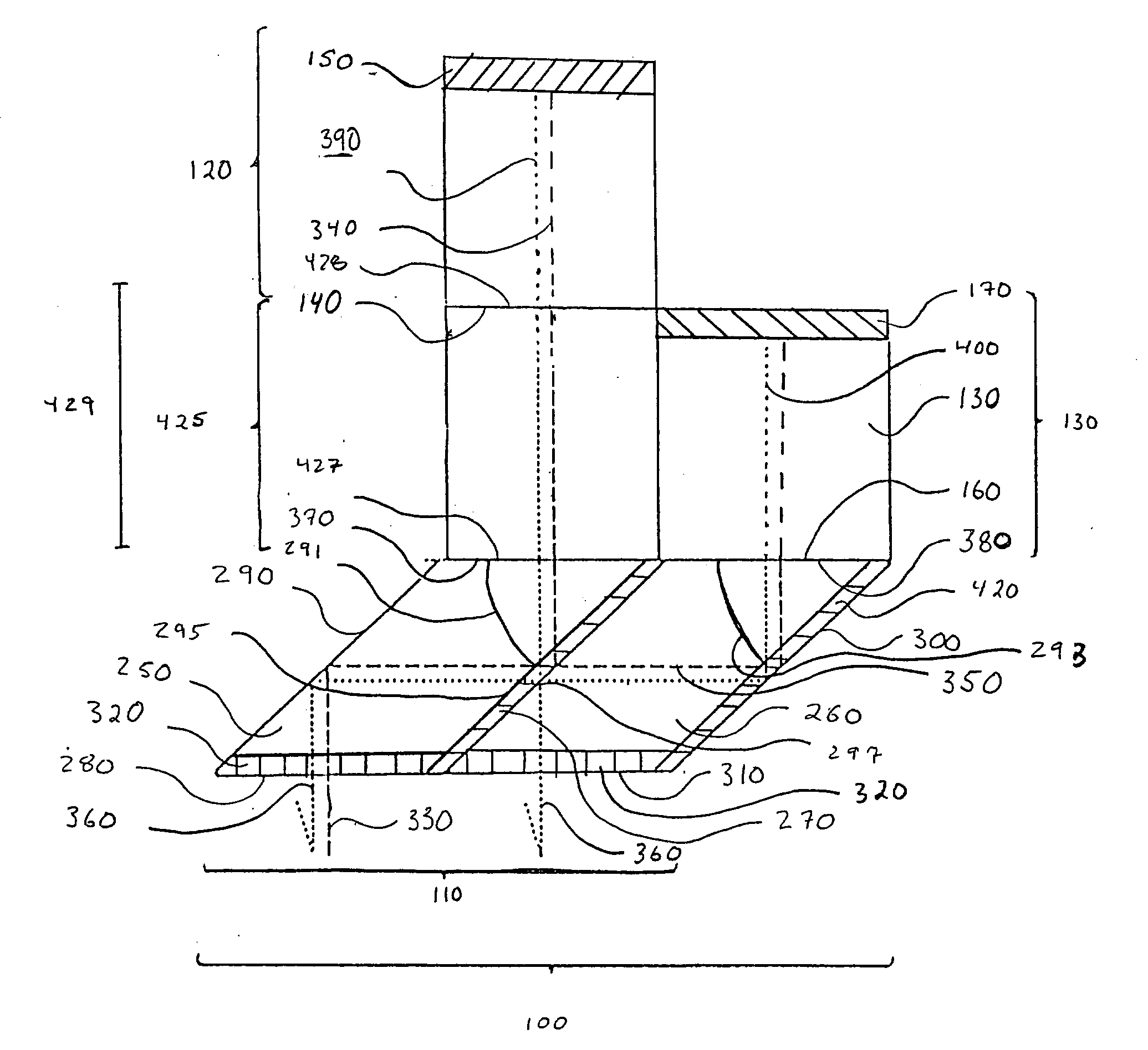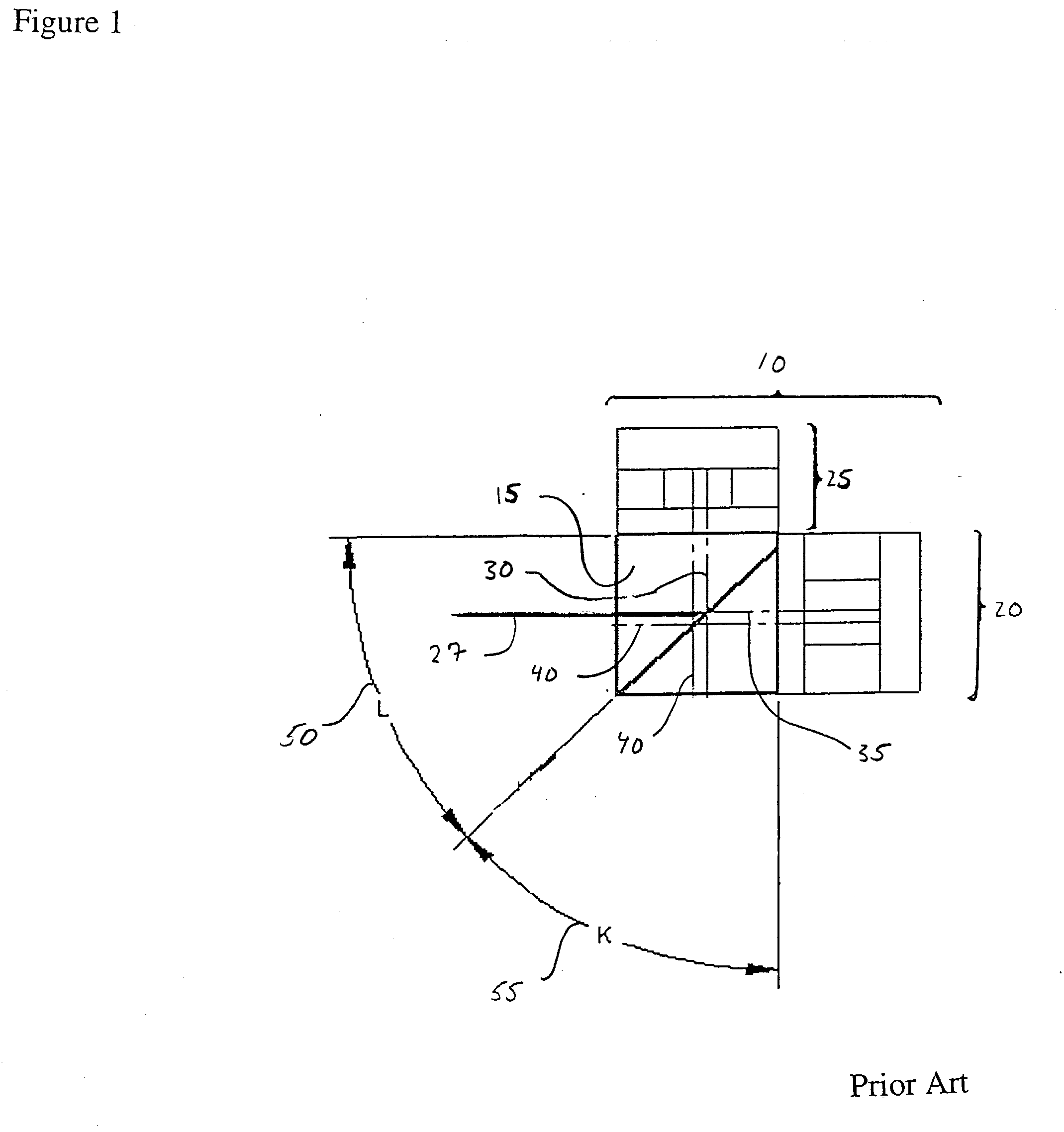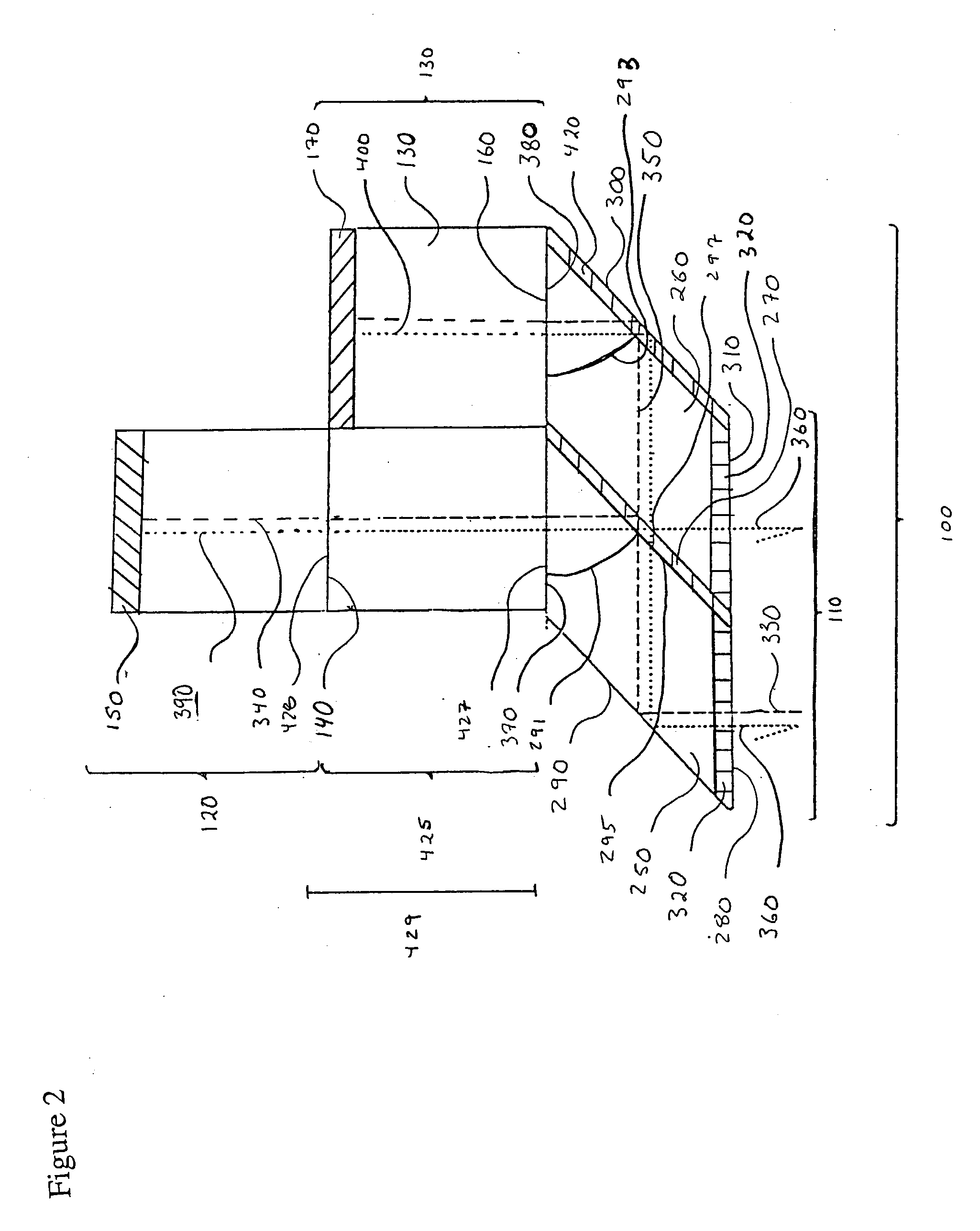Optical interference filter having parallel phase control elements
a phase control element and optical interference technology, applied in the field of optical interference filters having parallel phase control elements, can solve the problems of reducing the overall efficiency and accuracy of an optical communication system, limiting the number of channels employable over a given wavelength domain, and substantially limiting the narrowest channel spacing achievabl
- Summary
- Abstract
- Description
- Claims
- Application Information
AI Technical Summary
Benefits of technology
Problems solved by technology
Method used
Image
Examples
example 1
Optical Inteleaver Frequency Matched to Even or Odd Transmission Channels of a Frequency Standard with 50 GHz Transmission Channels having a Parallel GT Etalon Phase Control Element and an Air Gap Phase Control Element
[0136] The ability of optical interference filters of the present invention to function as a channel dropping or channel adding optical interleaver was evaluated by numerical modeling methods. Specifically, it is a goal of the present invention to provide optical interference filters capable of isolating either even or odd transmission channels of a given frequency standard having narrowly spaced transmission channels. Further, it is a goal of the present invention to provide optical interference filters capable of transmitting substantially all light having frequencies corresponding to a selected transmission channel or series of transmission channels and capable of substantially preventing transmission of all light having frequencies outside a selected transmission b...
example 2
Method of Fabricating Optical Interference Filters having a Parallel Interferometer Geometry
[0142] The present invention includes optical interference filters that can be manufactured by convention fabrication methods with reduced vertical and horizontal recombination distortion. In addition, the optical interference filters of the present invention are able to be manufactured via conventional fabrication methods with a great degree of precision with respect to the selected optical path length of the first beam component and the selected optical path length of the second beam component. The methods described below correspond to preferred methods of making the optical interference filters illustrated in FIGS. 2, 3 and 4.
[0143] A preferred method of making a beam splitter having a parallel reflector geometry comprises the steps of: (1) simultaneously polishing the reflective surface and first prism coupling surface of first prism element to achieve ultra flat and ultra smooth, substan...
PUM
 Login to View More
Login to View More Abstract
Description
Claims
Application Information
 Login to View More
Login to View More - R&D
- Intellectual Property
- Life Sciences
- Materials
- Tech Scout
- Unparalleled Data Quality
- Higher Quality Content
- 60% Fewer Hallucinations
Browse by: Latest US Patents, China's latest patents, Technical Efficacy Thesaurus, Application Domain, Technology Topic, Popular Technical Reports.
© 2025 PatSnap. All rights reserved.Legal|Privacy policy|Modern Slavery Act Transparency Statement|Sitemap|About US| Contact US: help@patsnap.com



